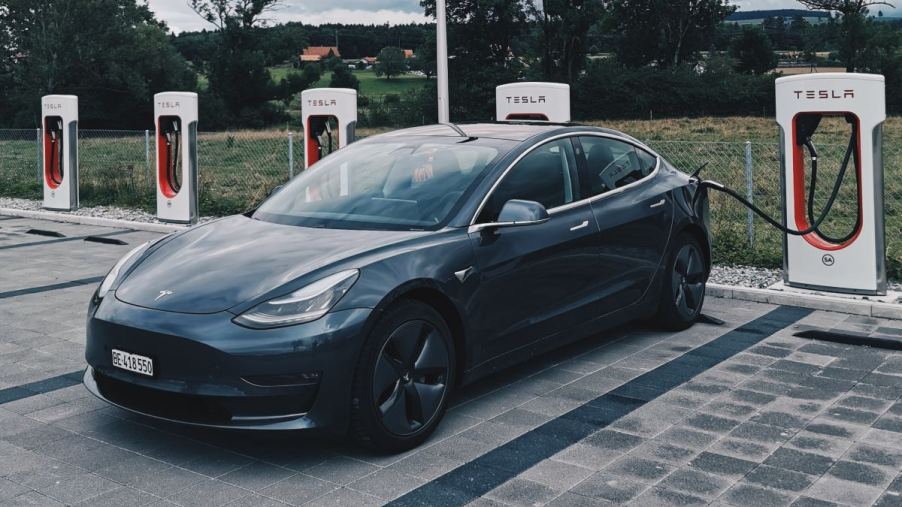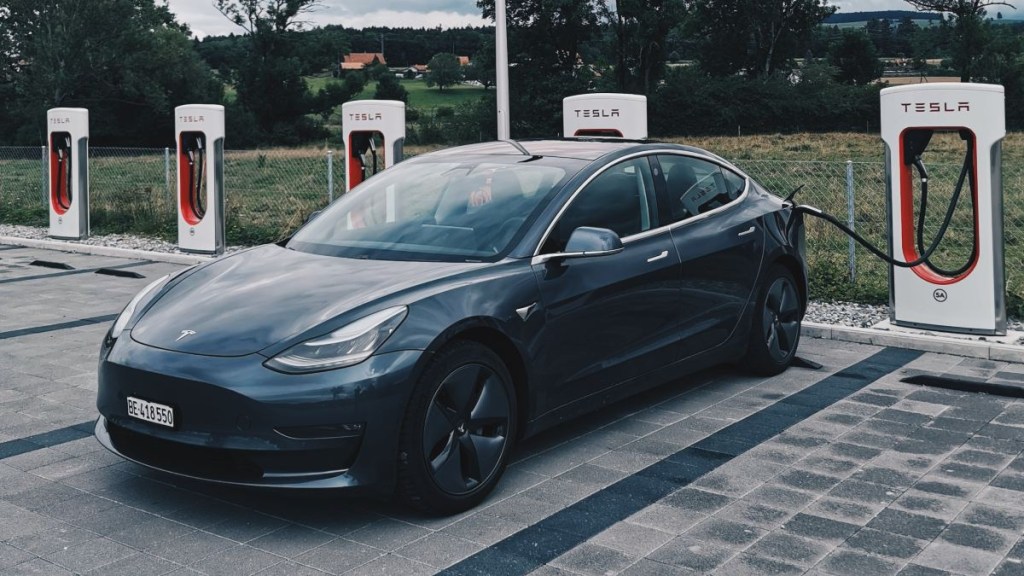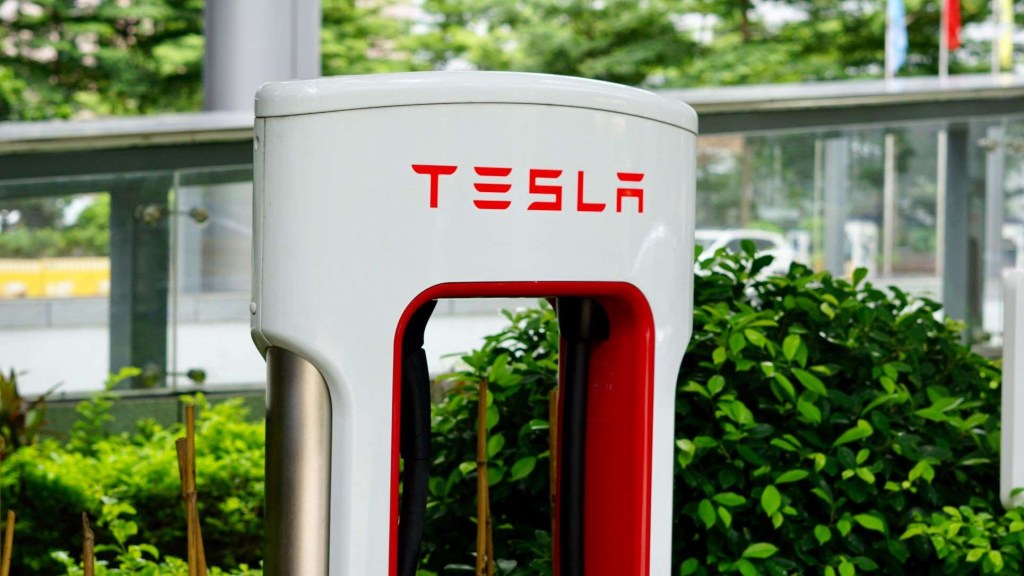
How to Use the Tesla Supercharger Network
As more people buy EVs, the charging infrastructure will be more critical. Many automakers and other companies are investing heavily in charging infrastructure. However, Tesla already has a vast array of chargers with the Tesla Supercharger network. It first started in 2012, and now has over 30,000 fast-charging stations around the world. Here are some guidelines for how to use the Tesla Supercharger network.
Can only Tesla vehicles use the Tesla Supercharger network?

Historically, the only type of EV that can use the Tesla Supercharger networks is a Tesla, as detailed by U.S. News & World Report. You can charge a Tesla at other networks. However, recently, Tesla unveiled a new plan that will enable all EVs to use the Supercharger network.
How do you find a Tesla Supercharger?
To find a Tesla Supercharger, view the in-car navigation system in your Tesla. It displays an interactive map of all Supercharger stations. Select a station along your route, and then the navigation system will guide you to it. Additionally, Tesla vehicles feature a Trip Planner tool, which shows which station is closest to you and the amount of driving range that you’ll have when you reach it.
At the end of 2021, there were nearly 3,500 Supercharger stations around the world, with 31,498 charging points, which are also known as stalls. In the United States, there are over 1,200 Supercharger stations. The number of stalls varies by location — ranging from a few to over 50.
Most Tesla Superchargers are open 24/7, 365 days a year. If there are limited hours for a specific station, the touchscreen in your Tesla will display this information.
How do you charge a Tesla at a Supercharger?
It is straightforward and easy to charge a Tesla at a Supercharger station. Take the connector from the charging stall and plug it into the charge port of your Tesla. After that, an LED light will flash green on the charge port, which signals that the charging has started.
While your vehicle is charging, you can use the Tesla mobile app on your phone to monitor the progress of the charging session. This is a helpful feature, for it frees you up to leave the car and do other activities.
Also, Tesla vehicles have a feature that recommends how long you’ll need to charge the vehicle to be able to comfortably reach the next charging station on your route. You don’t have to charge a Tesla longer than necessary, for the charging speed slows down as the battery nears a higher state of charge.
Like other EVs, unless necessary, it is best not to charge a Tesla more than an 80% capacity, for doing so can wear down the battery and reduce its performance. Your Tesla might automatically be set to stop charging at 80%. Also, you can manually set your Tesla to stop charging at a specific level.
How long does it take to charge a Tesla at a Supercharger?

The amount of time it takes to charge a Tesla at a Supercharger varies by model. The Tesla with the quickest charging time is the Model S, at an average charging speed of 200 miles in 15 minutes. For the Model 3 and Model Y, the charging speed is 175 miles per 15 minutes. The Model X has the slowest charging time of all the Tesla vehicles, at a speed of 162 miles per 15 minutes.
However, these charging speeds are estimates, and they vary by the rate of the charge for the four-tier system (see below), as well as each charging station. While most charging stations are similar across the Tesla Supercharger network, not all of them are equal. However, Tesla continuously updates the Supercharger network, which improves the charging speed.
How much does it cost to charge a Tesla at a Supercharger?
In most cases, the cost to charge a Tesla at a Supercharger is calculated on a per-kilowatt-hour (kWh) basis. This is the amount of electricity consumed, similar to getting billed by a utility company for home electricity. However, some locations require Teslas to be billed on a per-minute basis. Also, the pricing varies across the Supercharger network and is subject to change.
You can find the details of the charging station’s pricing by clicking on your Tesla’s touchscreen. After completing the charging, the touchscreen will display the estimate of the final cost. Also, the Charging section in your Tesla account stores the charging invoices. The payment for charging is automatic, with it applied to the payment method that you have on file in your Tesla account.
Additionally, Tesla has a four-tier system for charging in the Supercharger network. Tier 1, for charging speeds up to 60 kW, has the lowest per minute rate. For Tier 2, the cost applies to speeds exceeding 60 kW and up to 100 kW, while Tier 3 applies to above 100 kW and up to 180 kW. The most expensive one is Tier 4, which applies to charging speeds higher than 180 kW.
Does Tesla charge idle fees at Superchargers?
Another thing to keep in mind is that Tesla charges an additional fee for idling at a Supercharger. The idle fee helps ensure that drivers quickly leave the stalls after charging, which frees them up for others to use them. If your Tesla remains at the Supercharger station after finishing charging, you’ll be billed an idle fee. However, the fee will be waived if you move your Tesla within five minutes.
So there you have it. That’s everything you need to know about the Tesla Supercharger network. While the Supercharger network might seem overwhelming at first glance, it’s relatively easy to use. Also, the use of Tesla Supercharger stations is made all the easier by the helpful in-vehicle features, as well as the Tesla mobile app.


